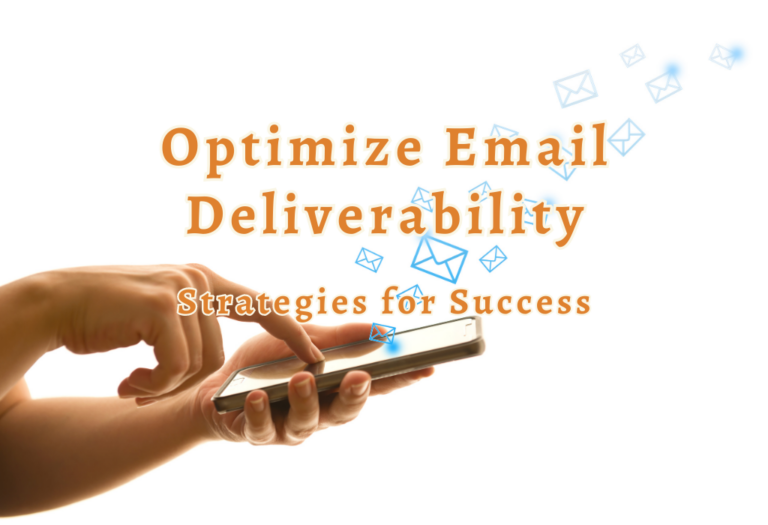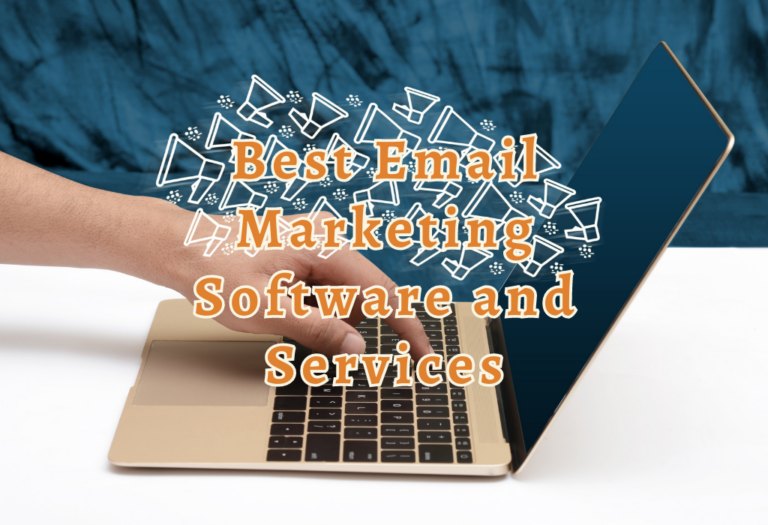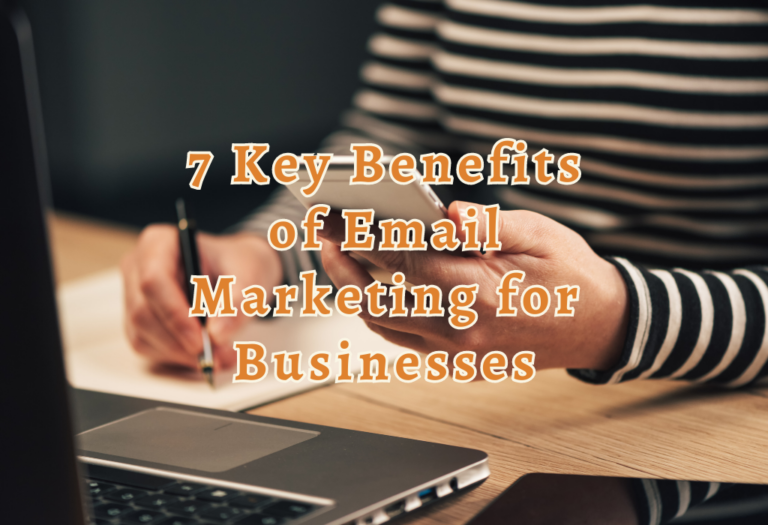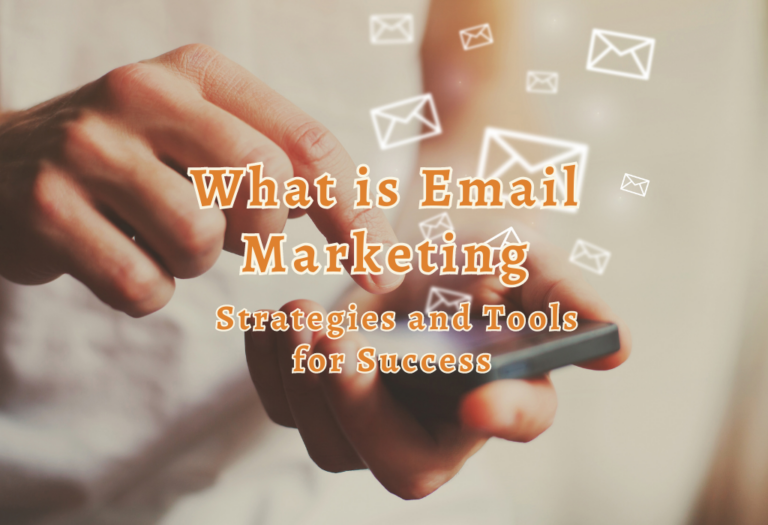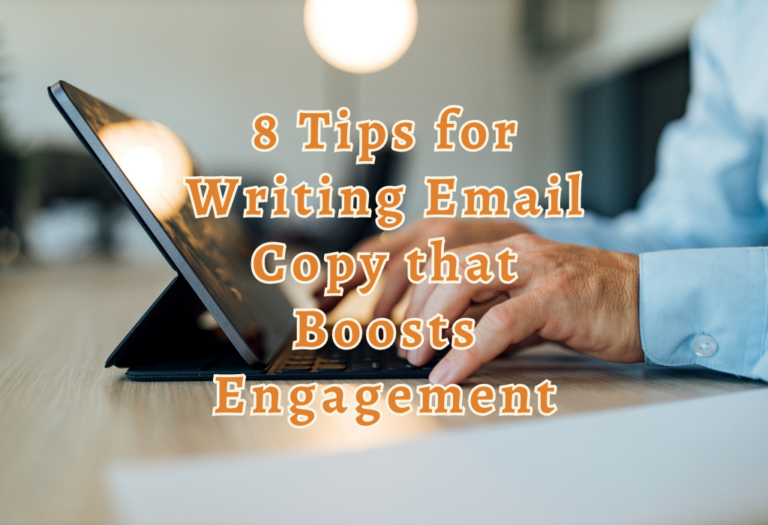As a digital marketer, mastering email marketing tips is crucial to maximize the potential of this powerful communication channel. Email marketing refers to all the marketing efforts conducted through email, where messages are sent to a list of contacts to boost sales or generate leads for a brand.
This trend has experienced significant growth in recent years due to its ability to foster community and establish close relationships with users by enabling more intimate communication. Staying ahead of the competition requires employing advanced strategies and leveraging cutting-edge tools to take your email marketing efforts to the next level.
In this post, we gonna explore some tips for email marketing, so let’s start.
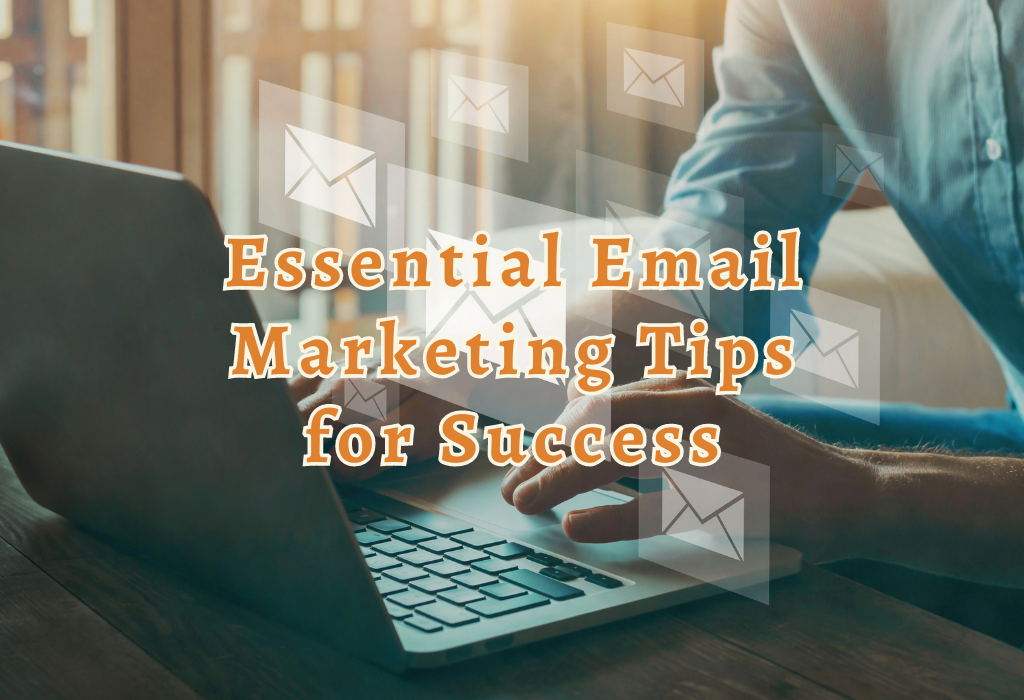
More Resources :
Why is Email Marketing Important for Your Business?
Email marketing has become an essential part of any digital marketing strategy. With the right email marketing campaign, you can reach out to potential leads and existing customers, build relationships with them, and ultimately increase your sales or conversions.
The Benefits of Email Marketing
Email Marketing Best Practices
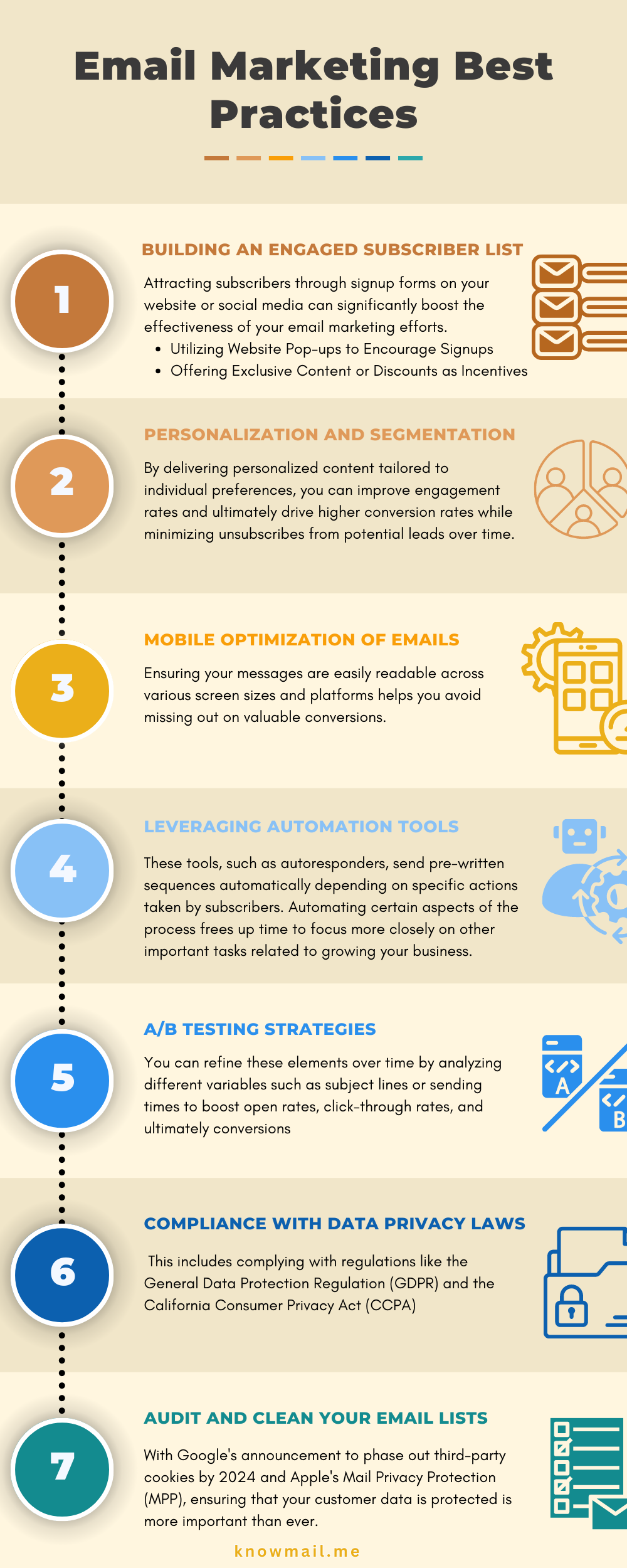
#1. Building an Engaged Subscriber List
An engaged subscriber list is crucial for successful email campaigns. Attracting subscribers through signup forms on your website or social media can significantly boost the effectiveness of your email marketing efforts.
Utilizing Website Pop-ups to Encourage Signups
By placing website pop-ups strategically, you can capture visitors’ attention and incentivize them to sign up with exclusive content or discounts. By strategically placing these prompts throughout your site, you increase the likelihood that users will provide their name and email address in exchange for valuable content or offers. To maximize conversion rates, consider implementing exit-intent pop-ups that appear when a user is about to leave the page without taking any action.
Offering Exclusive Content or Discounts as Incentives
In addition to using pop-up forms, offering exclusive content such as e-books, whitepapers, webinars, or discount codes can entice potential subscribers even further. These incentives should be relevant and valuable enough so that users feel compelled to share their contact information with you:
Avoid buying email lists, as this can result in high unsubscribe rates and spam filters flagging your campaigns. Instead, focus on building a list of engaged subscribers who have willingly provided their information because they’re interested in what you have to offer.
#2. Personalization and Segmentation
Email marketing success goes beyond simply addressing subscribers by their name. To truly engage your audience, it’s essential to implement personalization and segmentation strategies that cater to each subscriber group’s specific interests, behaviors, or purchase history. By delivering personalized content tailored to individual preferences, you can improve engagement rates and ultimately drive higher conversion rates while minimizing unsubscribes from potential leads over time.
Behavioral Segmentation Strategies
One effective approach for segmenting your email list is through behavioral analysis. This involves grouping subscribers based on their actions within your website or app such as browsing habits, past purchases, or cart abandonment patterns. For example:
Interest-Based Targeting Techniques
In addition to behavior-based segmentation, interest-based targeting is another valuable method for personalizing email campaigns. This technique involves sending relevant content according to the topics that resonate most with different segments of your audience. You can gather this information through various means such as signup forms where users indicate their preferences or by analyzing click-through data from previous emails sent out via Knowmail’s powerful email analytics tools.
#3. Mobile Optimization of Emails
With many people opening emails on their phones, optimizing emails for mobile devices is essential for a seamless user experience. Ensuring your messages are easily readable across various screen sizes and platforms helps you avoid missing out on valuable conversions.
Responsive Design Best Practices
It is essential to adhere to responsive design principles when creating an email that displays optimally on both desktop and mobile devices. These include:
Tips for Creating Mobile-Friendly Layouts
In addition to following responsive design principles, consider these tips when crafting your email campaigns specifically tailored towards a mobile audience:
#4. Leveraging Automation Tools
Increasing efficiency and revenue growth within your email marketing strategy is achievable through the use of automation tools. These tools, such as autoresponders, send pre-written sequences automatically depending on specific actions taken by subscribers (e.g., abandoned carts or welcome series). Automating certain aspects of the process frees up time to focus more closely on other important tasks related to growing your business.
Setting up Effective Autoresponder Sequences
An effective autoresponder sequence can help nurture leads and convert them into customers. To set up a successful sequence, follow these steps:
Choosing the Right Automation Software
Selecting suitable automation software is crucial for executing successful campaigns. Consider these factors when evaluating potential platforms:
#5. A/B Testing Strategies
Constant improvement of campaign results through A/B testing is crucial for optimizing your email marketing efforts. You can refine these elements over time by analyzing different variables such as subject lines or sending times to boost open rates, click-through rates, and ultimately conversions.
Crafting Compelling Subject Lines
Your email’s subject line plays a significant role in whether subscribers will open it or not. To create engaging subject lines that encourage opens:
Determining the Best Sending Times
Finding the optimal time for subscribers to engage with your emails is another critical aspect of successful campaigns. Consider factors such as:
#6. Compliance with Data Privacy Laws
In the digital age, companies must observe data security statutes when participating in email advertising. This includes complying with regulations like the General Data Protection Regulation (GDPR) and the California Consumer Privacy Act (CCPA).
Understanding GDPR requirements for email marketing
The GDPR is a European Union regulation that governs how organizations collect, process, and store personal data of EU citizens. To ensure compliance with GDPR in your email marketing efforts, you must obtain explicit consent from subscribers before sending them promotional messages. Additionally, provide clear instructions on how they can withdraw their consent or update their preferences at any time.
Ensuring compliance with CAN-SPAM Act
The United States’ CAN-SPAM Act, which stands for Controlling the Assault of Non-Solicited Pornography And Marketing, sets rules for commercial emails and gives recipients the right to stop receiving them. Here are some key steps to follow:
- Avoid using misleading header information or deceptive subject lines.
- Clearly identify your message as an advertisement, if applicable.
- Include a valid physical postal address in every email sent out.
- Provide an opt-out mechanism and honor unsubscribe requests promptly, within ten business days at most.
Staying informed about changes to data privacy laws is essential for businesses to maintain compliance and protect both their subscribers’ information and company reputation. This will help ensure continued compliance and protect both your subscribers’ information and your company’s reputation. One way to stay up-to-date on the latest developments is by subscribing to newsletters from reputable organizations like the International Association of Privacy Professionals (IAPP).
#7. Audit and Clean Your Email Lists
As a digital marketer or email marketer, you understand the importance of having an accurate and up-to-date email list. With Google’s announcement to phase out third-party cookies by 2024 and Apple’s Mail Privacy Protection (MPP), ensuring that your customer data is protected is more important than ever.
Clean Up Your Database
The first step in protecting your customer data is auditing and cleaning up your database. Take some time to go through each contact on your list, ensuring that you have permission to use their information. If someone has unsubscribed from your emails, make sure they are removed from any active lists immediately.
Email Marketing Trends for 2023
Stay ahead of the curve by adapting to emerging trends within the industry sector such as AI technology integration leading towards greater levels of personalization across various campaigns; interactive content (e.g., videos) becoming increasingly popular within emails themselves; customer experience optimization through data analysis techniques such as predictive analytics being a focus for many businesses looking to improve their overall marketing strategy.
Incorporating AI-powered Personalization Tools
AI is revolutionizing the email marketing world, allowing marketers to create messages that are specifically targeted and customized for each individual. By analyzing user behavior, preferences, and purchase history, AI-driven tools can help you craft tailored messages that resonate with each subscriber on an individual level. This results in increased engagement rates and higher conversion potential. Consider integrating AI-powered personalization platforms like Optimizely, Dynamic Yield, or Exponea into your email marketing strategy to stay competitive in 2023.
Using Interactive Content Effectively
The inclusion of interactive elements such as videos, quizzes, polls, or even shopping carts directly within emails is gaining traction among digital marketers. According to a study by Movable Ink, interactive content can boost engagement rates by up to 70%. Consider incorporating interactive elements that align with your brand and target audience’s preferences to capitalize on this trend. Tools like Playbuzz, Typeform, or Wistia can help you create engaging interactive content for your email campaigns.
Customer Experience Optimization through Data Analysis Techniques
Predictive analytics is becoming a crucial component of email marketing as businesses strive to improve customer experience and drive revenue growth. By utilizing data analysis techniques, businesses can recognize patterns in user behavior and anticipate future actions, thereby allowing them to tailor their campaigns for improved customer experience and increased revenue growth. This proactive approach leads to more relevant messaging, higher open rates, click-throughs, and ultimately conversions. Platforms such as Klaviyo, Ometria, and Sailthru offer advanced predictive analytics capabilities tailored specifically for email marketing purposes.
The 5 Steps of Email Marketing
By following these email marketing tips and best practices, businesses can create effective campaigns that drive results and help them achieve their marketing goals.
Conclusion
Effective email marketing requires a strategic approach that focuses on building an engaged subscriber list, personalization and segmentation, mobile optimization of emails, leveraging automation tools, A/B testing strategies, compliance with data privacy laws, and staying up-to-date with the latest trends. By utilizing these tips in your email campaigns, you can improve open rates, click-through rates, and ultimately drive conversions.
If you want to take your email marketing efforts to the next level by incorporating AI-powered personalization tools or using interactive content effectively, then check out Knowmail’s AI-powered inbox assistant for Outlook and Gmail. It provides personalized insights into your workday while keeping important emails at the top of your inbox. Try it now!

